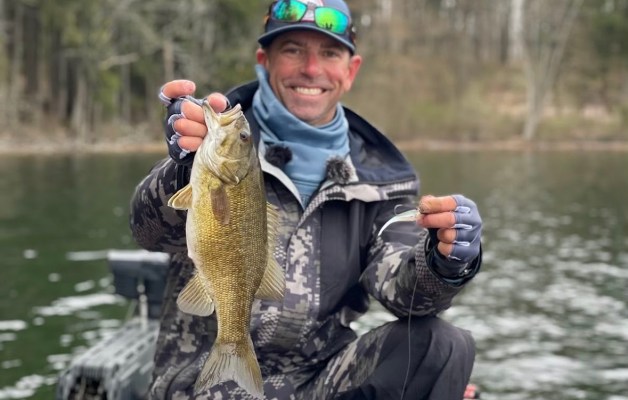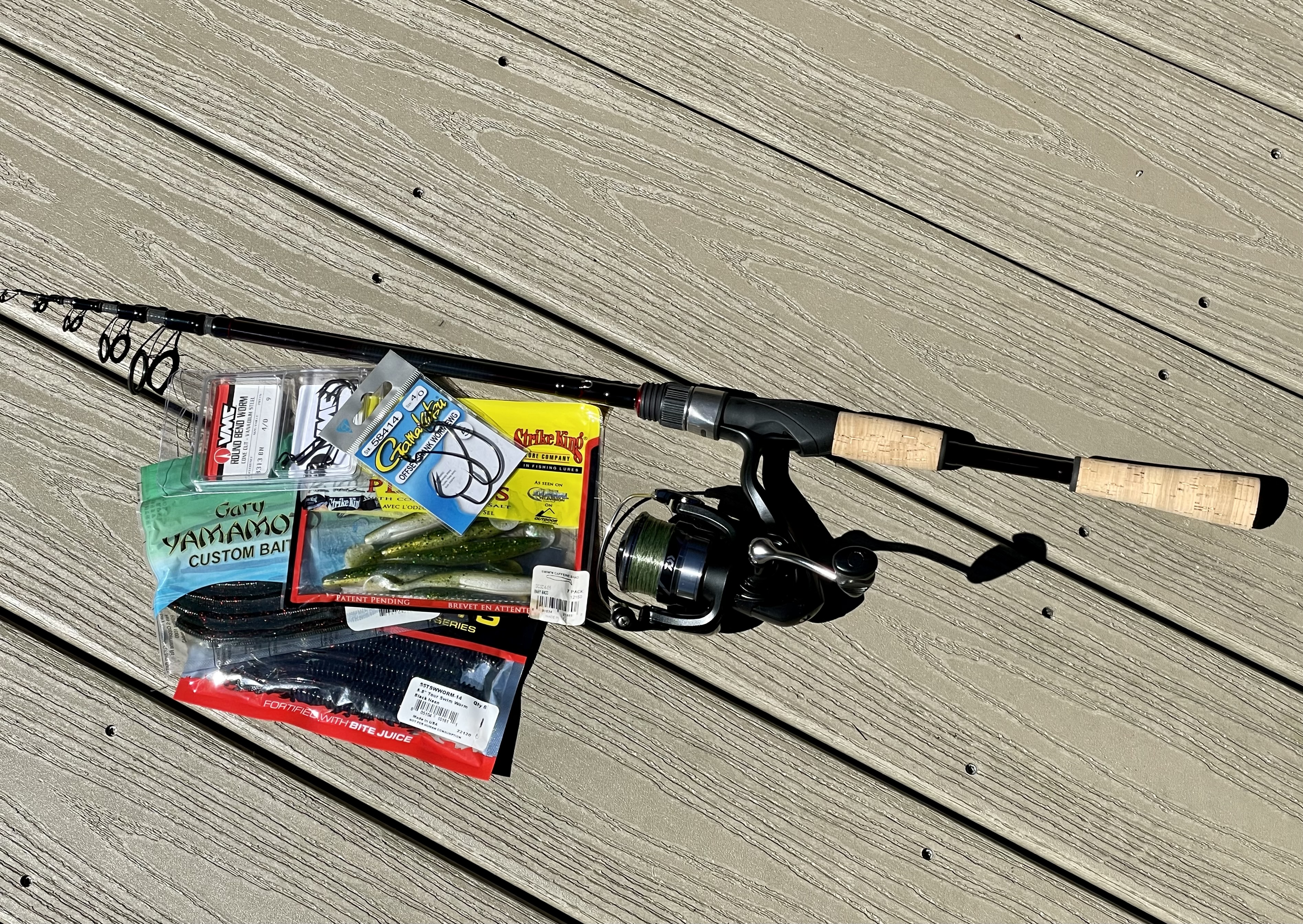
Let’s be honest, the decision to go fishing is not that hard. Where to fish — it’s a little more involved but usually no biggie. But what to bring … now that’s the challenge — especially when you’re fishing on foot.
Lugging a shoulder-strapped tackle bag and a handful of rods isn’t necessarily wrong, but such burdens, along with the diminished mobility, can defeat the relaxed and carefree pace central to the shore fishing premise.
Starting with rod selection, we’ll keep this simple and advise lengths and actions relevant to your planned techniques and the realistic size you may encounter. For an all-around multipurpose outfit, something in the 6-foot, 10-inch to 7-foot medium to medium-heavy realm will handle a wide range of options.
Adventurous types given to traipsing through wooded and weedy areas to reach hidden gems will find shorter rods minimize entanglements and potential tip damage. Also, consider a telescoping or multipiece travel rod, at least for your backup.
Bait selection
No list will please everyone, so focus on your chosen fishery’s likely opportunities and stock your box accordingly. Consider how seasonality will influence fish positioning, look at water level and how it affects what you can reach, and check the weather to see how sky conditions and wind will factor into fish positioning/activity level and your casting ability. (Wind in your face will limit certain techniques.)
Everyone has their favorites, but a handful of dependable options are worth considering.
Texas rig: A creature bait, craw or worm with a 1/8- to 3/16-ounce weight is a good bet for flipping into vegetation, hopping over logs and laydown trunks or pitching to partially submerged stumps and rocks.
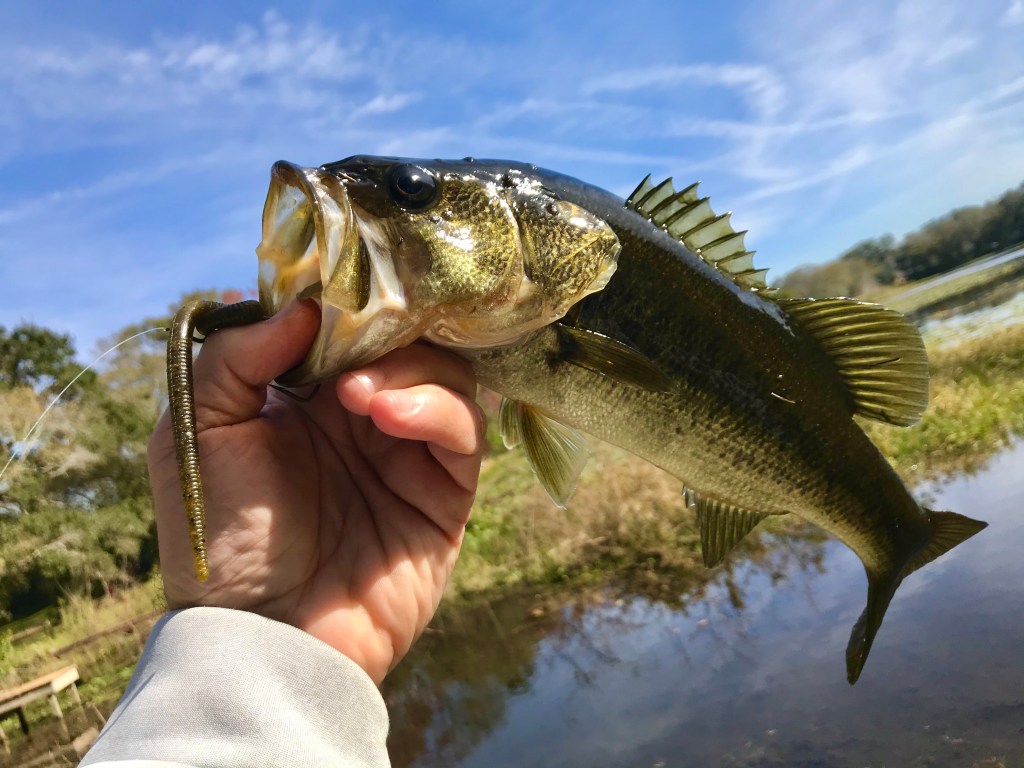
If you can reach dense vegetation with decent depth below, you might upsize your weight and punch the thick stuff.
Topwaters: Frogs for vegetation, walking or popping baits for open water; these are the memory makers. Find a mayfly hatch and it’s game on.
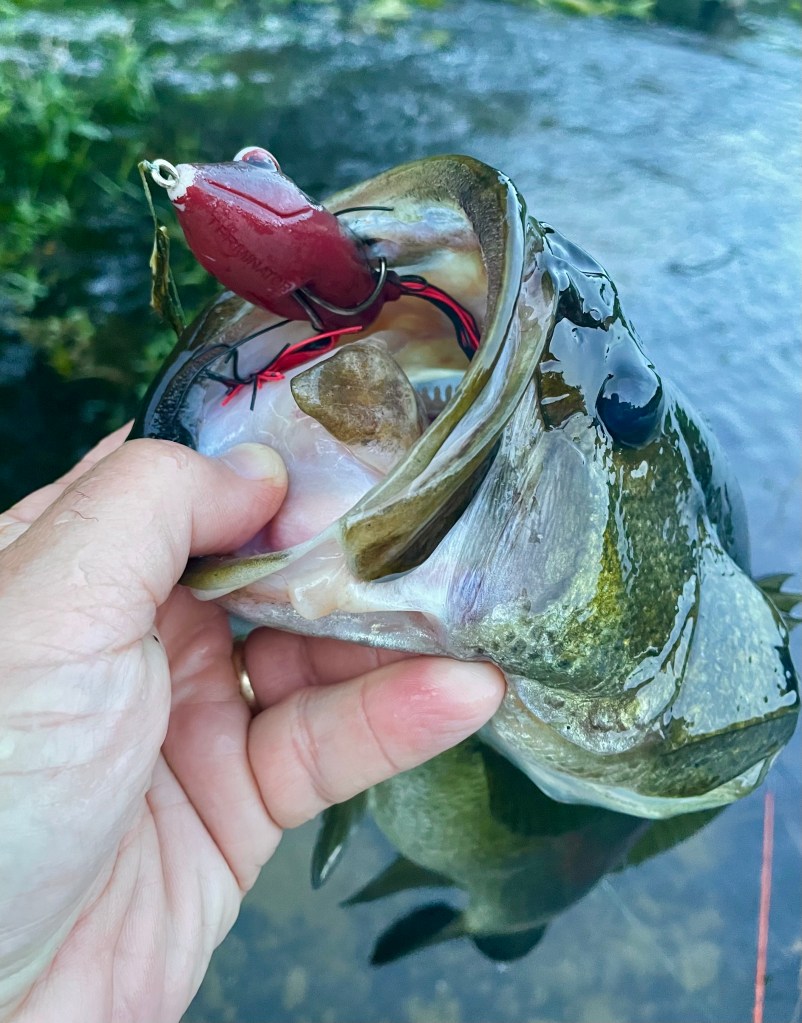
Swimmers and darters: Twitching a fluke style bait is a deadly shoreline tactic, particularly if you spot schooling activity or a shad spawn. For pure simplicity, rig a hollow-belly swimbait or a swimming worm on a wide-gap hook and let that built-in motion do all the work.
For the finesse look, rig a 3-inch swimbait on a ball head. When smallmouth swim within reach, this is your deal.
Wacky rig: Cast or skipped, the tantalizing motion works nearly year-round as a primary bait or a follow-up for missed topwater bites.
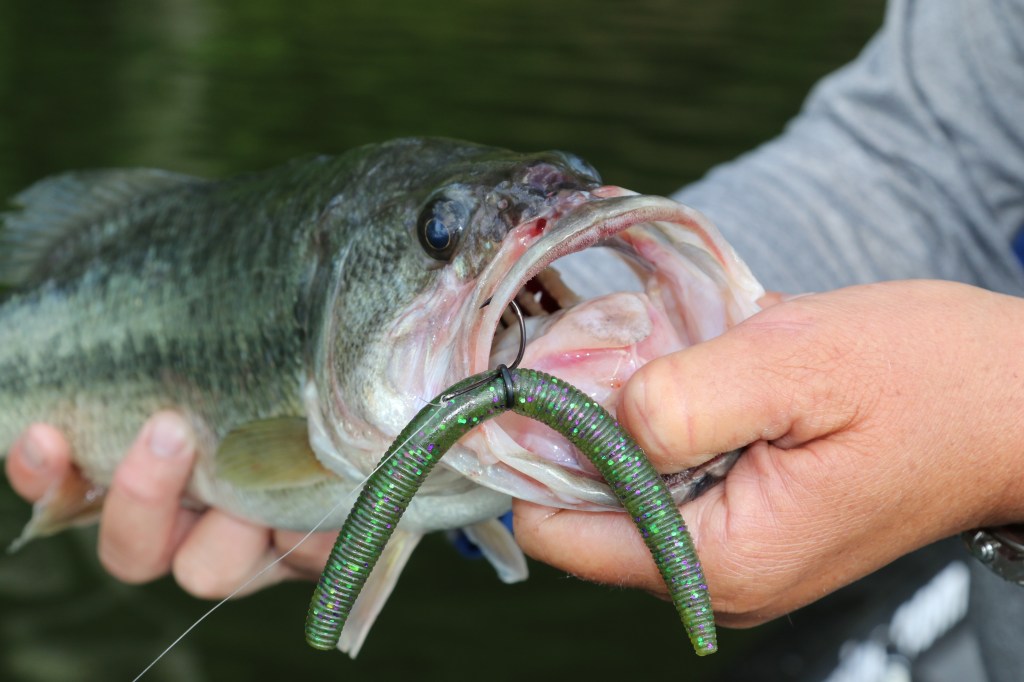
Crankbait: A shallow diver ticking over riprap, a squarebill bumping along any reachable wood or a lipless bait traversing open water are great options.
Float-n-fly: Do not overlook this old-school favorite, especially in river, creek or stream scenarios. Super simple and easy for beginners to quickly master, this rig comprises a small hair jig (fly) below a float. This is a good bet for kids, whose generally short attention spans can be easily focused on a surface indicator. If the float disappears — it’s game on.
Gear containers
Simple is best, and I’ve literally gotten by with soft plastics, hooks and weights tucked into a Ziplock bag. Treble hooks complicate this option, so for more advanced tackle selections, small as they may be, use a standard tackle tray. If you opt for chest waders, simply tuck your tray inside the top edge.
PLANO EDGE trays facilitate land-based missions with a one-handed cam latch design that allows you to easily open and close while holding a rod. Shorelines rarely offer convenient work stations, so functionally efficient items facilitate the process.
While lightweight tackle bags slung across the shoulders travel well, I tend to favor a low-profile backpack with space for a tackle tray, a handful of soft plastic packages (kept orderly in a large Ziplock) and a packable rain jacket because — ya know.
AFTCO’s Urban Angler Backpack fits the bill and includes a hydration pack that comes in handy for a quick sip on the go. Waterproof packs like YETI’s Panga keep your gear dry, but in a pinch, packing a heavy-duty lawn/leaf bag folded in your tackle bag or backpack provides instant rain protection.
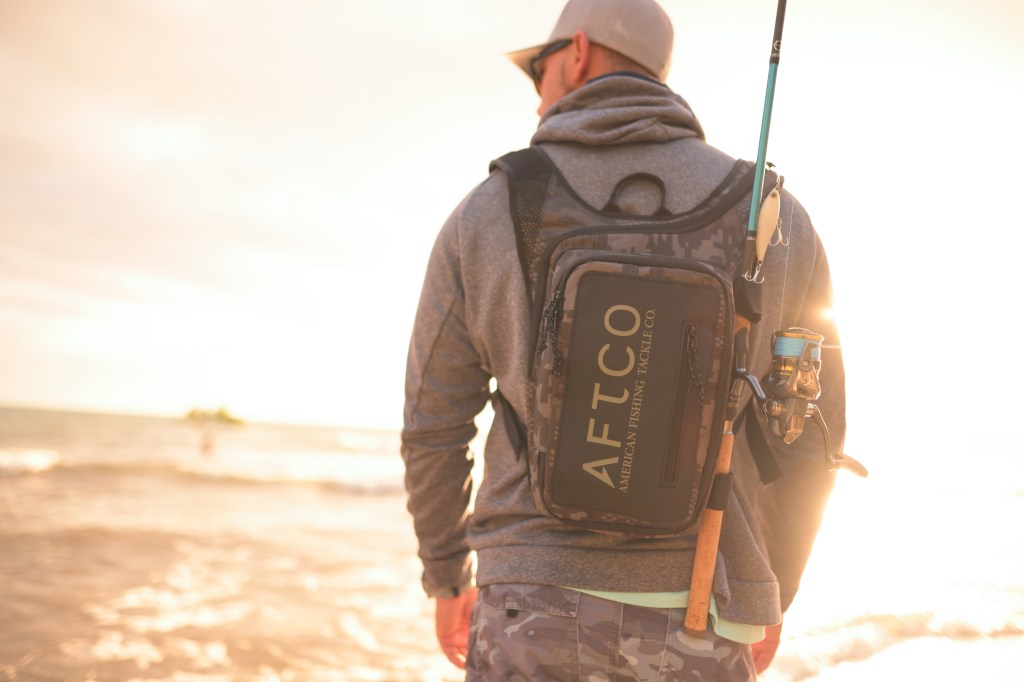
Ideal is a backpack with a built-in rod holder. Lacking dedicated rod space, you can retrofit a backpack’s water bottle pocket with a 6- to 8-inch piece of PVC. To ensure a snug fit, trim a pool noodle’s interior and wrap it around the PVC. Duct taping a folded hand towel around the PVC also works.




